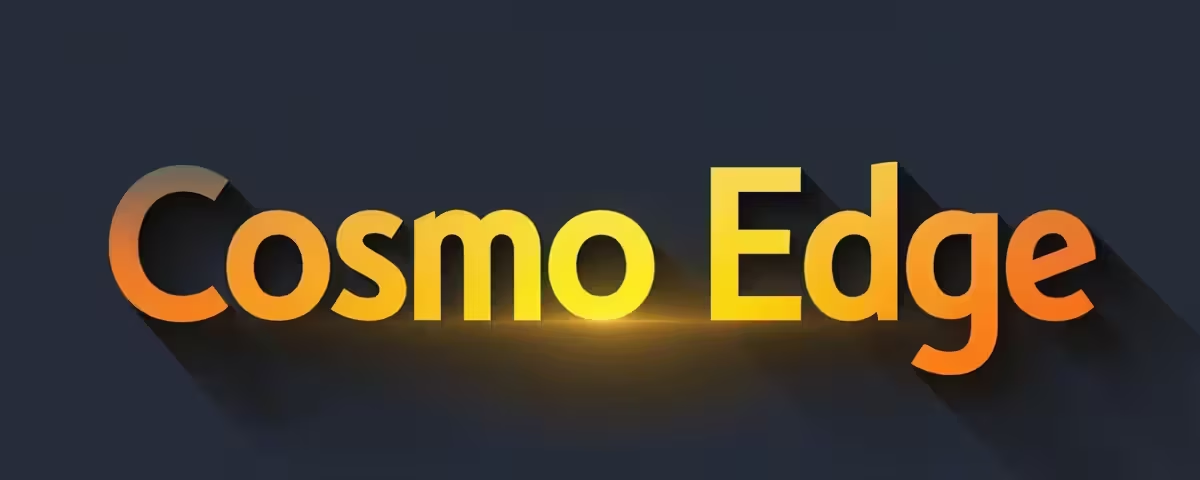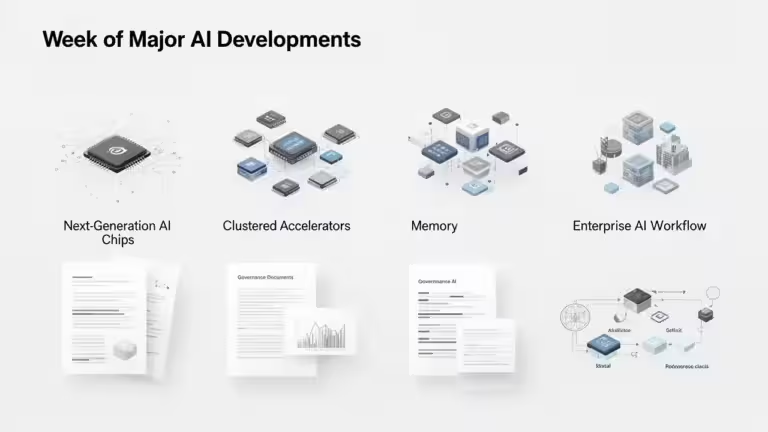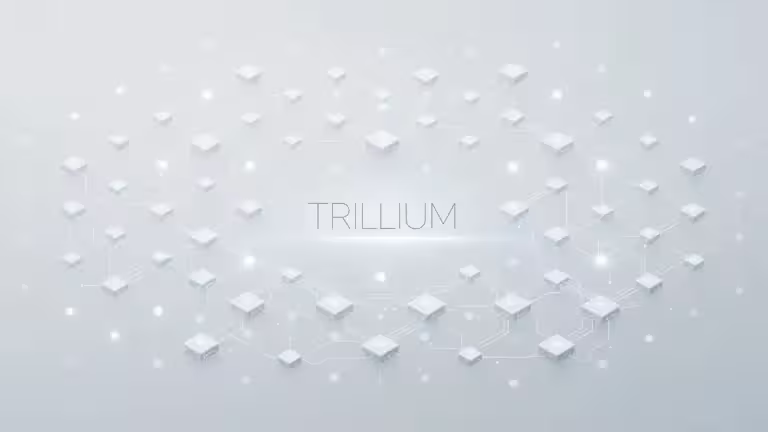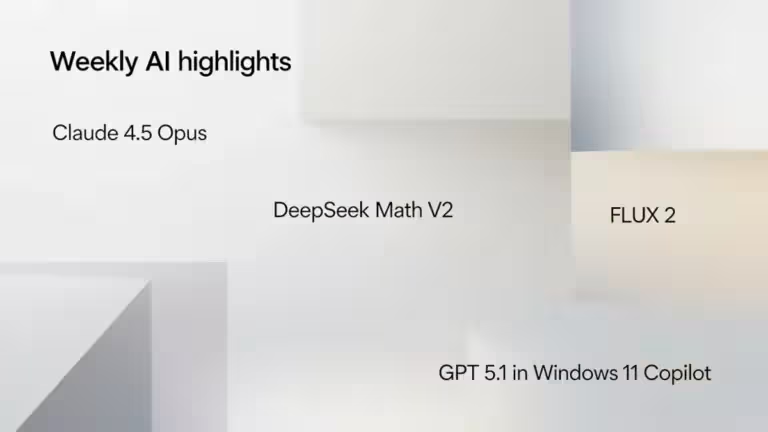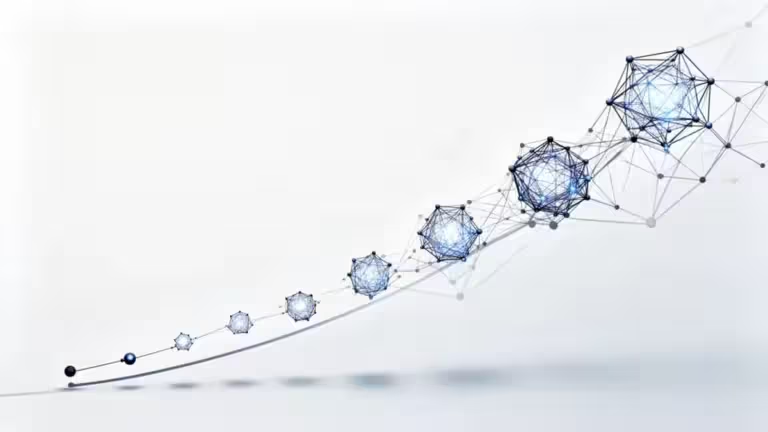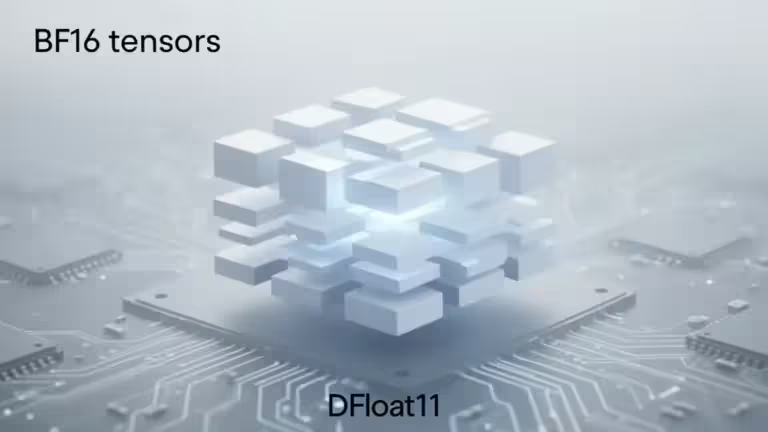AI News: The Major Trends of the Week, October 20–24, 2025
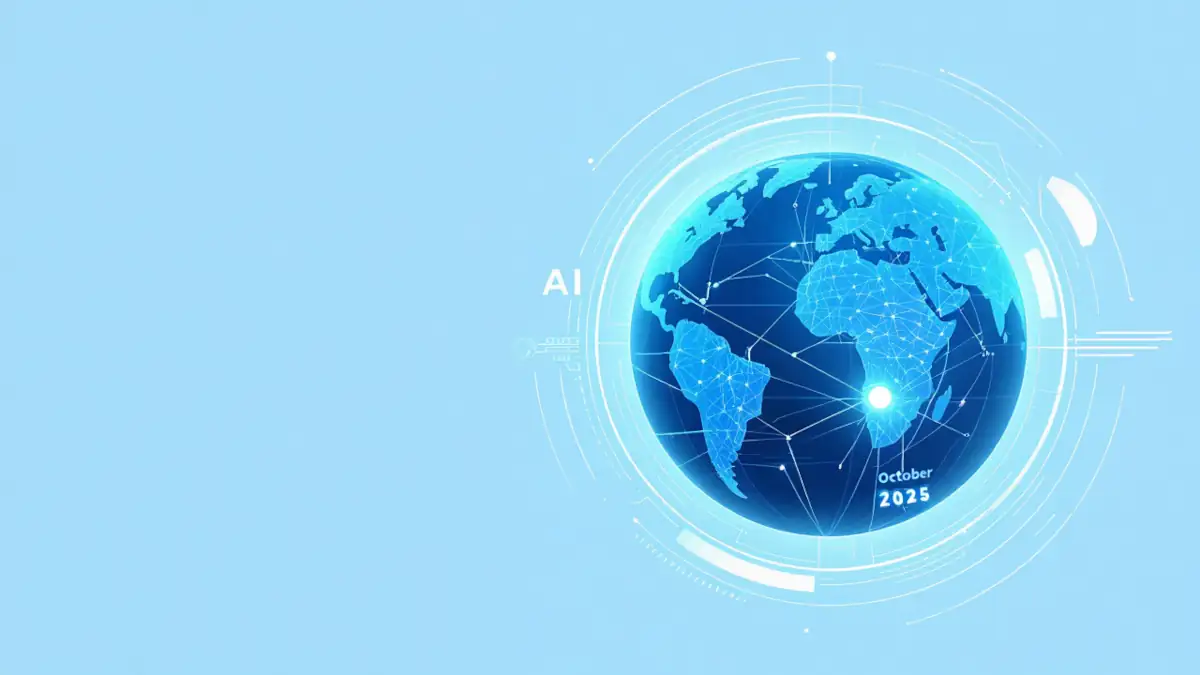
The past week was filled with major announcements in the field of artificial intelligence, ranging from new technological breakthroughs to deep integrations into everyday tools and strategic moves by industry giants. Here are the most significant developments to know.
Find the latest weekly AI news on our main page, updated regularly.
Conversational AI gets smarter: Anthropic, OpenAI and Opera push innovation
On October 23, Anthropic expanded its Claude memory feature to all paying subscribers (Pro and Max). The chatbot can now retain contextual information from past conversations while offering an incognito mode for temporary chats and a dashboard to manage stored data (The Verge). This feature enhances personalization in conversational AI while maintaining a strong focus on privacy and responsible AI practices.
October 21: OpenAI took another major step with the launch of ChatGPT Atlas, a Chromium-based AI browser that integrates ChatGPT directly in a sidebar. Users can summarize, analyze, and interact with any webpage in real time. The Agent mode, available only for paid subscribers, can also perform web searches and automate simple tasks (TechCrunch). This move positions OpenAI directly against Google Chrome, aiming to transform traditional browsing into a more cognitive and interactive experience. Competing with this trend, Perplexity has also introduced Comet, its own AI-powered browser.
Also read : ChatGPT Atlas, OpenAI’s AI Browser Divides Its Users
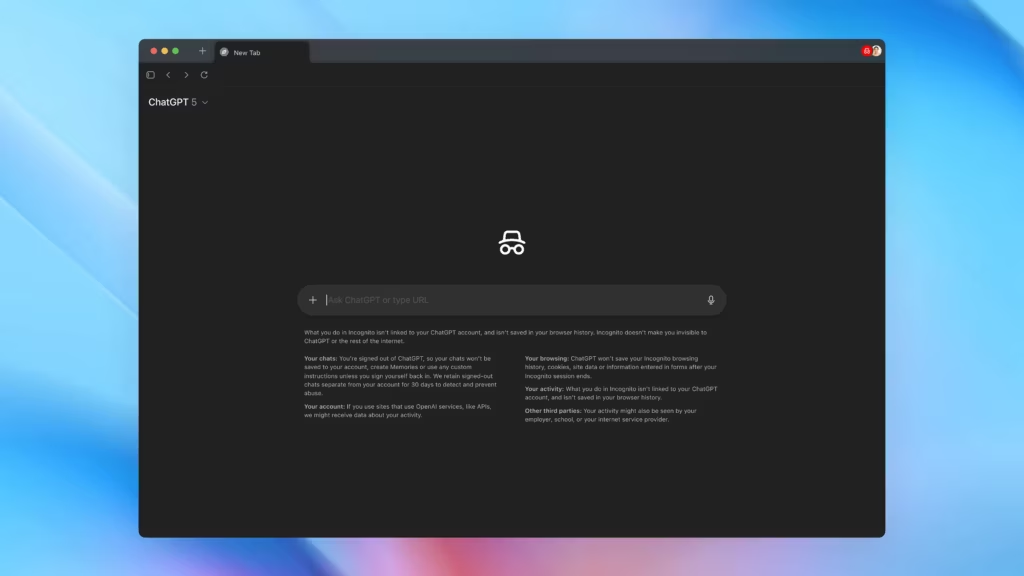
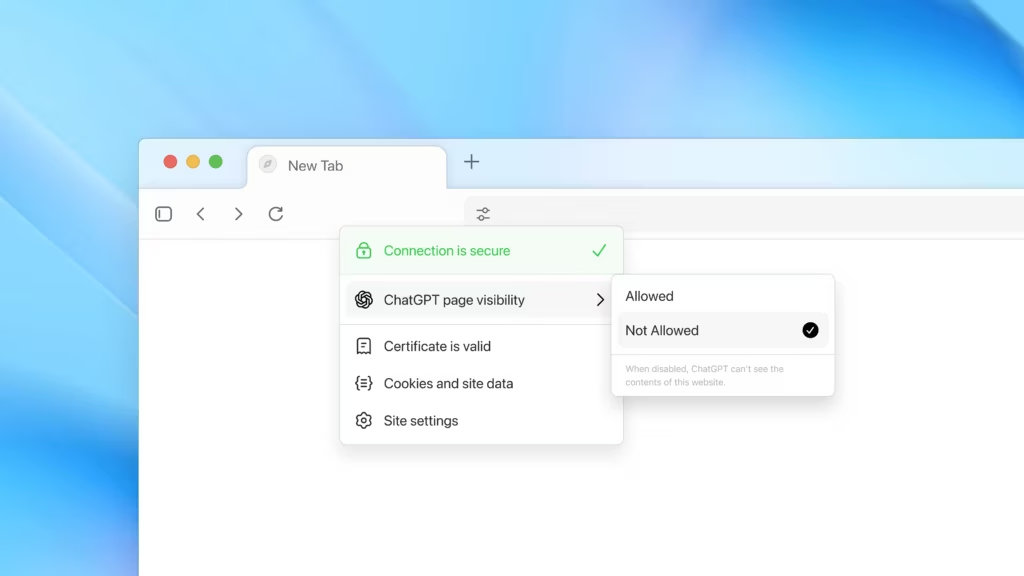
Meanwhile, Opera is joining the race. Its Neon browser now features Opera Deep Research Agent (ODRA), a system that breaks down queries into smaller subtasks processed in parallel before merging the results (BetaNews). With four built-in agents (Chat, Do, Make, and Research), Opera is experimenting with multi-agent browsing, a new paradigm for AI-driven web navigation.
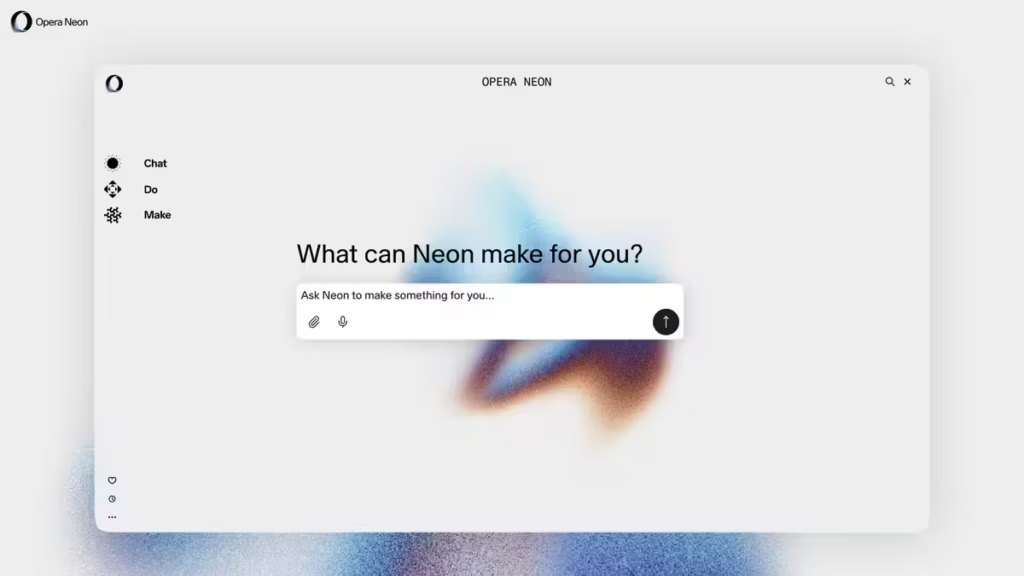
Microsoft and native AI integration
In the consumer space, Microsoft Photos introduced two new AI tools exclusive to Copilot+ PCs: Restyle Image and Image Creator. These tools allow users to transform an image’s style or generate new visuals from a text prompt. The system automatically detects faces to avoid distortions, highlighting Microsoft’s commitment to responsible AI (Microsoft Support). This exclusivity to NPU-equipped devices reinforces Microsoft’s strategy to embed AI locally rather than rely entirely on cloud infrastructure, improving both privacy and latency.
Compute power: Anthropic and Google seal a historic deal
One of the week’s biggest stories is the partnership between Anthropic and Google Cloud, granting Anthropic access to up to one million TPUs (Tensor Processing Units) to accelerate Claude’s model training and inference. The multi-billion-dollar deal represents a massive scaling leap for AI infrastructure (Reuters, CNBC). Analysts say this alliance repositions Google as a key strategic supplier in the cloud computing race, competing head-on with AWS and Microsoft Azure.
New frontiers: xAI, Oracle and Elastic expand their AI ecosystems
At xAI, Elon Musk unveiled Macrohard, a project intended to simulate a software company run entirely by autonomous AI agents, powered by the Grok 5 model and the Colossus 2 supercomputer (TechRadar). However, the absence of any official mention on xAI’s website or Musk’s X account suggests caution is warranted before treating this as confirmed news.
Elastic unveiled Agent Builder, a no-code platform for building enterprise AI agents directly connected to corporate data via Elasticsearch. It unifies agent creation, configuration, customization, and observability, making context engineering and internal deployment easier (HelpNetSecurity). This marks a shift toward domain-specific AI agents, optimized for private and secure enterprise environments.
Oracle also took the spotlight during AI World 2025, announcing AI Database 26ai, an evolution of its previous 23ai version. It integrates native AI agent capabilities (Select AI Agent) and a new Autonomous AI Lakehouse architecture based on Apache Iceberg (Futurum Group). Oracle’s vision positions the database as a cognitive engine, bridging data management and AI-driven automation.
AI for healthcare and science
Google Research introduced DeepSomatic, an AI model for genetic variant detection related to cancer, achieving unprecedented accuracy. In partnership with Children’s Mercy Kansas City, DeepSomatic has already uncovered new variants linked to childhood leukemia and even mutations related to glioblastoma without specific training (Google Blog). This advancement highlights the growing importance of AI in precision medicine and genomic research.
Meanwhile, ByteDance (the parent company of TikTok) released Seed3D 1.0, a 3D generation model capable of creating 3D objects from a single image. Based on a Diffusion Transformer architecture, it produces assets compatible with simulation engines like Nvidia Isaac Sim (TechNode). The convergence of generative AI and 3D modeling opens new possibilities for robotics, gaming, and augmented reality.

Technology and sustainability: AI faces global challenges
The World Health Organization (WHO) and South Korea co-hosted the AIRIS 2025 symposium in Incheon, focusing on international regulation for AI in healthcare. The final declaration called for a lifecycle-based regulatory framework and stronger global cooperation among public institutions (WHO).
At the same time, the Bezos Earth Fund invested 30 million dollars into the second phase of its AI for Climate and Nature program. Fifteen research teams worldwide will each receive up to 2 million dollars for projects combining AI and environmental science, such as coral reef monitoring or AI-powered climate modeling for African agriculture (Bezos Earth Fund).
Emerging trends of the week
The week’s announcements confirm several long-term dynamics shaping the AI landscape:
- Everyday AI integration: from memory-enhanced assistants to image generation tools running on Copilot+ PCs.
- The compute power race: the Anthropic–Google Cloud partnership highlights the escalating demand for AI training infrastructure.
- Enterprise AI agents: companies like Elastic, Oracle and Microsoft are building agent-based ecosystems designed for secure data orchestration.
- Ethics and sustainability: the growing importance of AI regulation and environmental responsibility marks a new maturity phase for the industry.
Conclusion
Between technological consolidation and strategic expansion, the week of October 20–24, 2025, illustrates how AI has entered an advanced phase of industrialization. The focus is shifting toward native integration, data sovereignty, and energy efficiency. The future of artificial intelligence is becoming less about spectacle and more about sustainable, scalable innovation embedded in real-world applications.
Your comments enrich our articles, so don’t hesitate to share your thoughts! Sharing on social media helps us a lot. Thank you for your support!
